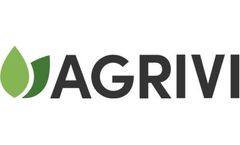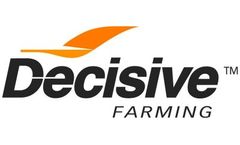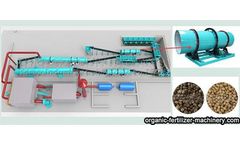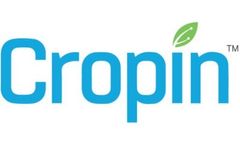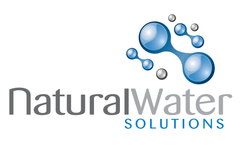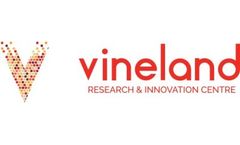Refine by
Crop Input Articles & Analysis: Older
29 articles found
Indexes plant health status throughout the crop cycle. Predicts best fertilizing windows and computing the most cost-efficient amount of inputs based on crop status, input costs, predictive yields and crop value. ...
ByAGRIVI
Crop plans may be as old as farming, but the latest in farm management software takes your farm’s success to a new level. ...
Satellite remote sensing data is critical for monitoring soil, drought, snow cover, and crop development. Satellite rainfall estimates, for example, assist farmers in planning the quantity and timing of irrigation required for their crops. ...
Crop registration - an essential piece of the puzzle No matter how well controlled a growing environment is, environmental conditions are bound to vary from time to time. This can be due to the weather conditions in your natural climate, interactions between different plant species or even changes in your operational practices. It’s essential to gain knowledge and understanding of all of ...
SourceTrace is collaborating with Small Farmers Agri-business consortium (SFACH) and Haryana Horticulture Department, deploying its digital solutions to support the horticulture farmers of Haryana. Haryana Horticulture Department is committed to providing a responsive and effective mechanism for the welfare of farmers and farm-based communities and recognizes the need to harness the growing power ...
We explore how it can benefit farmers to increase yields and lower crop establishment input costs, as well as how it can fundamentally improve soil health and benefit the environment. ...
Good nutrient management increases your potential crop yield and builds more resilient crops. It also means you will reduce waste and maximize profits as you deal with price fluctuations in both inputs purchased and products sold. ...
A farmer’s day may be different every day during the growing season but the one constant is that each day is dedicated to doing what needs to be done for a healthy crop. Today’s growers also know that they are the custodians of the soil they farm. ...
When considering your overall ROI, here are a few keyways you can use to measure the success of your variable rate program: Investing where it matters most – While you’re trying to maximize your yield on every acre, you’re also controlling costs and getting the most of every dollar spent on inputs and seed. Optimized yields – This is typically the ...
Our team of experienced agronomists and technicians work with you to explore the driving factors of each area of your farm, providing a tailored prescription based on the needs of each crop variety, field and zone. With unmatched customer support designed to simplify precision agriculture for you, your crop plans and inputs will also align to the ...
Advantages of NPK fertilizer production line in processing special fertilizer NPK fertilizer production line is mainly to mix all kinds of different nutrients particles together, or add some other trace elements properly, so as to ensure the growth of crops. The biggest advantage of NPK fertilizer production line is that it can produce fertilizer according to many factors such as ...
Bayer is investing more than $2.7 billion annually in research to provide a complete portfolio of seeds and traits, crop protection products and digital applications that is unmatched in our industry. ...
If you have questions, contact your local agronomist, crop consultant, or trusted advisor for specific questions relating your farming operation. ...
A check on practices such as dehaulming & rouging, adoption of right package of practices & the right inputs and visibility of field activities were serious challenges faced by the company. ...
HibrixBB at 2.5 L/ha applied at sowing in conjunction with the use of a pre-emergent herbicide produced a commercially acceptable maize crop. The nutrient input costs of Hibrix is less than 20% of your current ...
Accurately estimating crop evapotranspiration (ET) is essential for agricultural water management in arid and semiarid croplands. ...
Edible Horticulture Research Priority Shortlist Note: these priorities have been selected by commodity representatives specifically as input for the OMAFRA research priority-setting process. All crops: Developing integrated pest management strategies for horticultural production systems that incorporate pesticides, alternative control measures, host resistance ...
The role of risks in the adoption of low–input wheat production in Switzerland is investigated using farm–level panel data. Due to governmental support with environmental payments, low–input wheat production is found to be on average more profitable. However, low–input production is also more risky, in particular due to higher yield variability. ...
For these water-constrained households we also identify a negative effect of water collection time on crop yield. Since we control for differences in irrigation, input use, crop type and other factors, we conclude that the productivity effects are mainly due to poorer health in water-constrained households. ...
Knowledge of complex relationships between soils, crops, and management practices is necessary to develop sustainable agricultural production systems. ...

